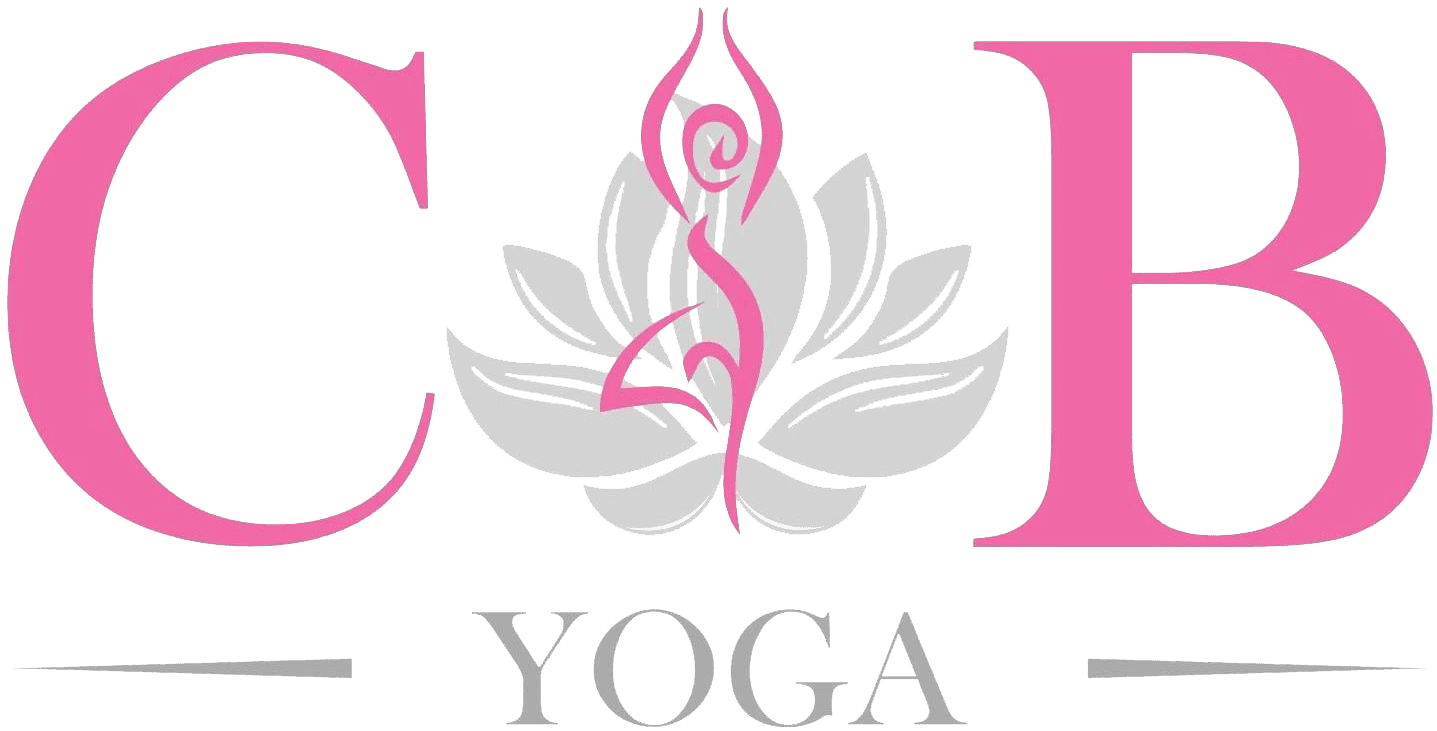No products in the cart.
Frequently Asked Questions
FAQ
C&B YOGA classes - in-person & online!
C&B YOGA runs various classes in-person and online via Zoom –
helping you stay connected and deepen your practice either in Covid-secure venues in Shenfield / Essex or from the comfort of your home.
Browse yoga classes and make your booking HERE.
Stay up to date and connected on FACEBOOK and INSTAGRAM.
I look forward to meeting you – either face-to-face or online.
Stay healthy, stay safe, stay connected!
Connie
What is yoga?
Yoga is an ancient system of philosophies, practices and principles derived from the Vedic tradition,
established thousands of years ago. In Western society, most people are familiar with the physical aspects
of yoga (asana or postures) which assist in increasing flexibility and strength, and help to prepare our bodies
for meditation practices.
Yoga is the process we can engage in to understand our body, the way it moves and the way we use it. We can engage
with our mind and understand it, where it habitually goes and how to focus it. And we can work with our emotions
and notice how we tend to react.
The Sanskrit word yoga means ‘union’. Union of the body, mind and spirit. In Indian Philosophy the sage
Patanjali refers to eight limbs of yoga in his classical work ‘The Yoga Sutras’. Patanjali’s yoga sutras describe an
eight-fold path to help cultivate a life of meaning and purpose: yamas (restraints), niyamas (observations), asanas
(postures), pranayama (breath exercises), pratyahara (withdrawal of the senses), dharana (concentration), dhyana
(meditation), samadhi (enlightenment).
What are the benefits of yoga?
For many people, yoga provides a retreat from their chaotic and busy lives.
Yoga develops inner awareness. It focuses our attention on our body’s abilities at the present moment. Through
regular, consistent practice of yoga (movement, breathing exercises and meditation) yoga assists in
cultivating improved health and wellbeing on the physical, emotional, mental and spiritual levels of our life.
As more research emerges, details about the evidence-based benefits of yoga can be found here:
https://www.healthline.com/nutrition/13-benefits-of-yoga
How often should I attend classes?
You can practice as often as you like!
Some students practice most days of the week and others practice more sporadically.
Doing a little bit of something every day helps greatly, even if it is only breathing or simple stretches.
What do I wear?
Wear loose, comfortable clothing – something that you can easily move in.
Can I eat before class?
When it comes to food and digestion everyone is different and needs to find out what works for them. As a general
rule it is suggested that you leave 3 hours after a main meal and 1 hour after a light snack.
What do I need to bring?
A limited number of mats are available for students. Students are encouraged to bring along their own mat. Having
your own mat enables you to practice at home. It is also more hygienic to use your own mat.
All yoga props (i.e. blocks, straps, blankets, eye pillows) are provided.
I have never done yoga before...
That’s fine! My classes are Beginner-friendly, open to all levels of students and modifications are offered as needed.
What if I am not flexible?
That’s fine. Your level of flexibility will gradually improve and continue to increase over time.
How do I book classes?
I recommend booking into the class you plan on attending in order to secure your spot.
You can book into class via our booking page.
What to expect from my first class?
Lessons last between 60-75 minutes.
Typically, a class consists of:
#Centering & breath awareness at the beginning of a class to transition students into the room and into themselves
#Gentle limbering movements to warm up the body
#Breath-centred movement through a variety of rejuvenating postures, sequences and flows
#A short period of relaxation at the end.
We work with the breath throughout the lesson. Generally, the breathing in Yoga is in and out through the nostrils
unless otherwise stated. This may seem difficult to start with, but do not worry, just do what you feels right for you.
This natural method of breathing will become second nature over time.
Yoga is non-competitive. You do not need to be concerned with what other students can or cannot do, everybody is
different. A posture that is easy one day may not be as easy the next.
Typically, a class consists of:
#Centering & breath awareness at the beginning of a class to transition students into the room and into themselves
#Gentle limbering movements to warm up the body
#Breath-centred movement through a variety of rejuvenating postures, sequences and flows
#A short period of relaxation at the end.
We work with the breath throughout the lesson. Generally, the breathing in Yoga is in and out through the nostrils
unless otherwise stated. This may seem difficult to start with, but do not worry, just do what you feels right for you.
This natural method of breathing will become second nature over time.
Yoga is non-competitive. You do not need to be concerned with what other students can or cannot do, everybody is
different. A posture that is easy one day may not be as easy the next.
Listen to your body. Do what you feel comfortable with. Try to do what you can, but never strain the body. If
something hurts, stop.
Yoga is not about twisting the body into strange positions. If there is anything you do not wish to do, you do not have
to do it!
Do not expect perfection, simply relax and enjoy your first class. For many people Yoga is an acquired taste, so please
allow yourself enough time to experience the benefits that come from the regular practice of the postures and
techniques.
